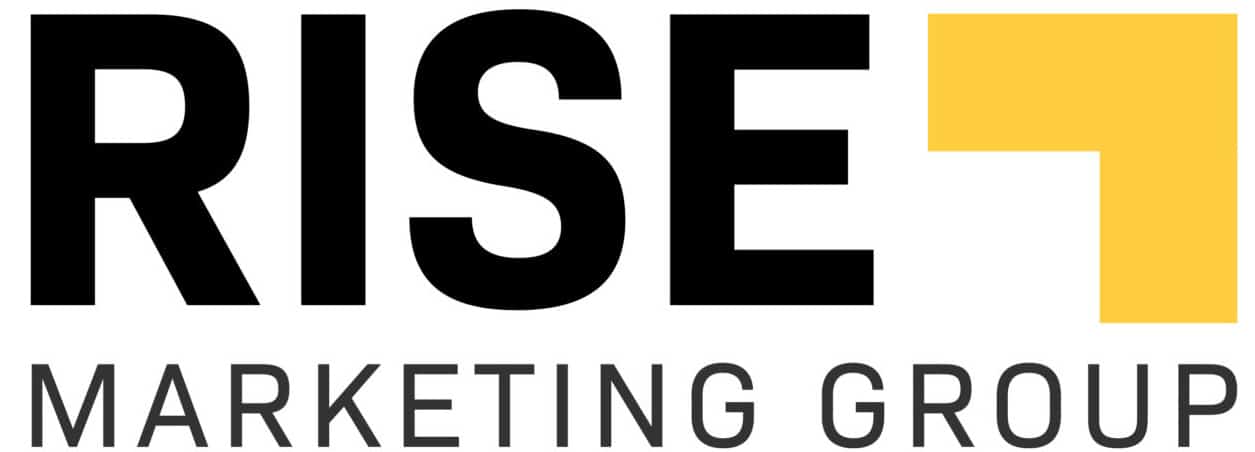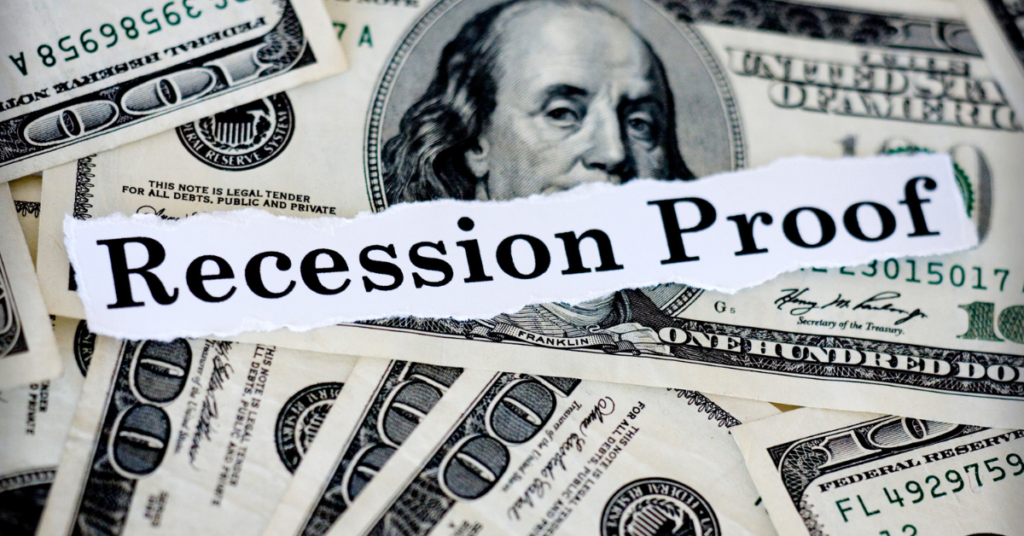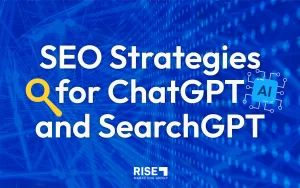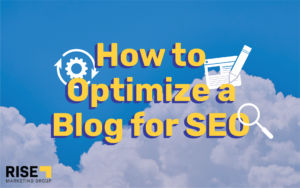As of July 2022, we’re on the cusp of a recession and businesses are strategizing their next moves. We speak with businesses of all shapes and sizes (B2B, B2C, bootstrapped, investor-backed, publicly owned, etc.), and what’s common is they are determining how this potential recession will impact their business and the steps they should take today.
As strategic advisors to our clients, we’re sharing considerations when marketing in a recession. In this post, we’ll share an overview of what we expect and action items to consider if we do enter a recession.
Before we can share what to do, it’s important to break down macro forces that will come into play when we’re in a recession.
Macro Forces on Marketing
- Conversion rates will decline
- Generally speaking, as cash becomes tighter, people and businesses will be less free with their cash. This will impact conversion rates, which will likely decline. With lower conversion rates, the cost to acquire each customer will be greater. Now, every business and industry is unique, and there could be some outliers that are fine in a recession (liquor stores – I’m looking your way).
- The average order value will drop
- Similarly, the average order value will likely drop. Less disposable income will not only translate into fewer purchases (i.e., conversion rates) but also smaller order values.
- Ad costs will drop
- Recessions typically hit marketing budgets; fewer budgets will create some level of efficiency in the ad auctions. Less competition will mean lower CPCs and CPMs for advertisers. This is good for advertisers, as there hasn’t been a pullback in CPCs / CPMs in some time. Mostly ad rates continue to increase as more and more businesses are investing in digital, and digital budgets continue to increase.
- However, not all platforms and campaign types will behave similarly.
- Search Ads – Google and Microsoft search campaigns may not see a large pullback in CPCs. These campaigns are designed to capture demand and are closer to a transaction, than awareness campaigns. When we are in a recession, I’m assuming CPCs will level off, and potentially drop in some categories. However, the drop won’t be as strong as upper funnel campaigns given the performance search can drive.
- Display and video ads – Display and video are generally used for awareness and consideration of marketing efforts. Given these efforts are more upper funnel and not tied as closely to a transaction, these campaigns will see larger pullbacks from marketers, which will mean cheaper clicks and CPMs.
- We speak regularly with Cleveland Research, which is an independent research firm, focused on marketing. They published similar insights from polling hundreds of other agencies and marketers in the US.
How to Market in a Recession
Assuming your business will experience lower conversion rates, lower order values, etc. below are thoughts to help the market during a recession.
- Focus on your top-performing advertising channels.
- Marketing cuts will need to be made, but you mustn’t cut your top-performing channels. Using the 80/20 rule, you may have 80% of your customers coming from 20% of your marketing budget. Keep those channels flush with cash, as they’re ROI-positive. Whether that’s Google Search or Instagram ads. The other campaigns that are not as profitable, would be reviewed to determine the true business impact. Questions to ask are:
- Are the campaigns driving transitions or influencing sales downstream (Google Analytics will be helpful for this type of analysis)? Just because they didn’t drive the purchase based on the last click attribution, does not mean they’re not valuable. They could introduce users to the brand and another channel can close the sale (organic search, email, etc.). This would be a first-click attribution.
- The full impact must be truly reviewed when determining budget cuts. If there are campaigns that aren’t influencing the sale in some way, then they should likely be cut.
- Are the campaigns helpful in driving awareness for a new product launch and low (or zero) profitability is acceptable for a certain period?
- Are the campaigns driving transitions or influencing sales downstream (Google Analytics will be helpful for this type of analysis)? Just because they didn’t drive the purchase based on the last click attribution, does not mean they’re not valuable. They could introduce users to the brand and another channel can close the sale (organic search, email, etc.). This would be a first-click attribution.
- It’s important not to blindly slash budgets as the true impact of each channel should be thoroughly reviewed. If you take a sledgehammer approach vs. a scalpel, you might seriously hurt new customer acquisition, which will then lead to more budget cuts.
- Marketing cuts will need to be made, but you mustn’t cut your top-performing channels. Using the 80/20 rule, you may have 80% of your customers coming from 20% of your marketing budget. Keep those channels flush with cash, as they’re ROI-positive. Whether that’s Google Search or Instagram ads. The other campaigns that are not as profitable, would be reviewed to determine the true business impact. Questions to ask are:
- Make the most out of free marketing channels
- Email marketing
- Email marketing should continue to be fully utilized. Email still works quite well. It’s a great tool to stay connected with your loyalists and build relationships with those who are just getting to know the brand.
- Given email is free, and generally shows a strong ROI, this should continue to be prioritized.
- Email marketing today is far more advanced and sophisticated than five years ago. If you haven’t taken advantage of automated emails, funnels, email captures, etc., you should invest time in bringing your email marketing up to speed.
- Rise has an email audit we deploy for clients looking to ramp up their email efforts, more of this is written in our email audit blog post.
- Search Engine Optimization (SEO)
- Search engine optimization should be a focus. This doesn’t require ad costs, but it does take time and working hours. Even though it takes time to see a return, it can be a highly profitable investment over time.
- If your team is slowing down with work, it may not be a bad idea to recruit folks internally to support web content, to help with SEO. Even asking businesses you work with closely to link to your website and vice versa.
- It goes without saying but always work with an SEO firm or consultant to guide strategy, to ensure that hours aren’t wasted on tasks that will have little return. At Rise, we prioritize SEO efforts based on where we’re going to see the biggest organic growth.
- Social Media
- Continue to have a presence and focus on your social activities to communicate company updates (promotions, new products, etc.). Also, identify ways to build your social following (giveaways, collaborations, engaging with other accounts and groups, etc.).
- Social can be very powerful and doesn’t have many upfront costs associated with it. It’s a very effective way to strengthen the relationship with your customers and get in front of new prospects.
- Email marketing
There are a lot of unknowns as it pertains to the economy. If you need a consultation on how to pivot your marketing strategy based on these ever-changing times, let’s schedule a consultation. Email Ben@risemkg.com




